HTC was the first manufacturer to introduce a metal housing and stereo speakers towards the user in smartphones. The smartphones of this brand were associated with quality, refinement and a unique manufacturer’s cover. We have not seen new proposals from a Taiwanese manufacturer for a long time until the time has come for HTC Desire 20 Pro. The new phone stands out from the competition with its design and high-quality hands-free mode. However, I must say with sadness that what is missing here is something like phones HTC have offered in the past, and not only because we are dealing here with a mid-range model.
How do we rate design
HTC Desire 20 Pro It is distinguished by a characteristic pattern on the back of the housing. It’s a detail, but the phone draws my attention and I like it much more than if it was a solid color. An additional advantage of the straps is that they effectively hide fingerprints, which would be extremely visible and irritating on the smooth casing. HTC shows that not only the matt housing can be practical in this respect. It’s a pity that HTC decided to make both the back of the housing and the frame of the device in plastic. A lot of phones in this price range offer metal and glass. But among the plastic finish HTC I like it more than most devices.
There is a classic fingerprint reader on the back of the case, which is very fast and effective. Especially in mid-range and low-end phones, I am a supporter of using proven solutions instead of pressing gadgets imitating flagships, which, however, do not work as well. Reader in HTC Desire 20 Pro thanks to the fact that it is not on-screen it works much better.
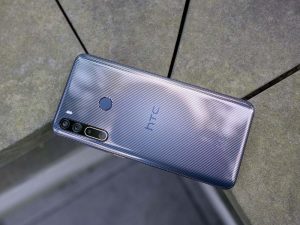
HTC has a headphone jack, USB C and a mono speaker on the bottom edge. I must admit that the quality of the hands-free mode positively surprised me – the sound is louder, but also fuller and more balanced than in many smartphones, including a few flagships that use a similar, monophonic solution.
At 201 grams in weight and dimensions of 162 x 77 x 9.4 mm HTC is in the group of larger and heavier devices. The use of plastic did not shift significantly Desire towards lighter devices. The manufacturer does not provide any information on the sealing of the housing and protection against water ingress. In my opinion, this is the most important disadvantage of the design HTC Desire 20 Pro – wants to use the smartphone stress-free in all weather conditions and circumstances.
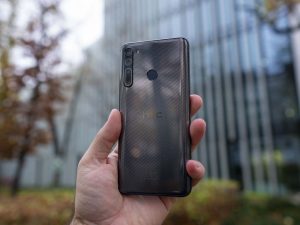
What do we think about the display?
HTC Desire 20 Pro has a 6.5-inch screen made in IPS technology. Its resolution is 2340 x 1080 pixels. The screen filling is over 83%, the screen aspect ratio is 19.5: 9, and the pixel density is 396 PPI.
Screen HTC has an average maximum brightness, good viewing angles in the sense that the colors do not change when viewing the screen from an angle. But when we look at the screen from the side, we can see a decrease in brightness, especially on a white background. The screen is easy to read in most situations and is easy to use.
The settings include night lighting and a reduction in the amount of blue light. You can also turn on a dark theme with a black background. These are the basics, but there is no white balance or color saturation adjustment. We will not find in HTC also increased screen refresh. So we have a good enough panel, but it doesn’t stand out from the competition. Similar panels can be found in phones from HTC cheaper.
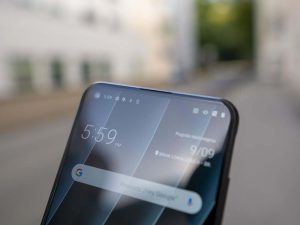
Specs and Operating System
HTC Desire 20 Pro is equipped with an octa-core Snapdragon 665 processor clocked at 4 x 2.0 GHz + 4 x 1.8 GHz, supported by 6 GB RAM and 128 GB of space for the system and user files.
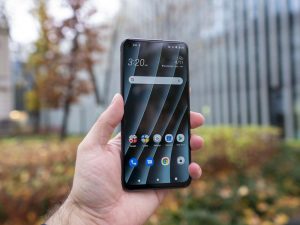
Most of the smartphone works smoothly and without any problems. Sometimes you have to wait a while for some applications to be launched, although it does not significantly spoil the comfort of using the phone. I have used HTC Desire 20 Pro without any obstacles or discomfort. However, it should be noted that it is cheaper by PLN 100, respectively Realme 7 Pro and by PLN 600 Realme 7 in Antutu they score more than 280,000 points – that is, their price is significantly lower and their efficiency is 75% higher. This is a big difference that is hard to ignore. It is true that not every user has to feel it in practice, but the question always arises why should I pay more for less? The best justification is the advantages and disadvantages of the device other than performance, but I’m not convinced that, overall HTC provides them.
The communication package includes LTE Cat. 400/150 Mbps, WiFi ac, Bluetooth 5.0, and NFC. Localization is accomplished using GPS, GLONASS, GALILEO and BDS standards. The sensor kit includes an accelerometer, gyroscope, proximity sensor, light strength sensor, digital compass and fingerprint reader.
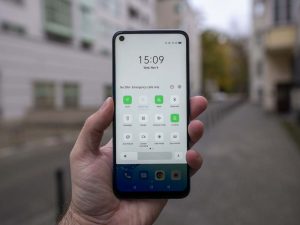
System installed on HTC is Android 10 with security updates as of July 1. In the past HTC was known for a refined and unique system overlay. Currently the system on HTC Desire 20 Pro It is almost completely pure Android, which has a few additional applications, e.g. programs, but all applications that duplicate Google’s programs have been replaced with Mountain View solutions. Avoiding duplication greatly simplified the system, but also deprived it of its character. Although the system works stably and smoothly, there was something missing here that would allow HTC Desire 20 Pro stand out from the crowd, just like its housing. HTC nor does it declare participation in the Android One program, does not promise multiple updates, nor does it offer an extension of the basic functionality of the system. There are almost no additional features worth describing separately.
Camera and image result
HTC Desire 20 Pro is equipped with 5 cameras. In practice, however, we will want to take pictures of three of them – standard, wide-angle and selfie camera. The other two are a macro camera with a low resolution of 2 mpx and a camera that allows to detect the depth of the scene – they fulfill a marketing function rather than a practical one.
- 48 MP, f / 1.8, 26mm, PDAF
- 8 MP, f / 2.2, super wide angle
- 2 MP, f / 2.4, macro
- 2 MP, f / 2.4, scene depth detection
- 25 MP, f / 2.0, selfie
The camera application is greatly simplified in its design. We will not find left and right finger sliding modes here. With a quick shortcut, you can only switch from shooting mode to video mode. The rest of the camera modes are found in the drop-down menu in the upper right corner of the screen. The list of modes includes: panorama, 48MP, wide angle, macro, QR code scanning, photo, video. A strange decision, in my opinion, is to put access to additional cameras only from the camera mode menu – there we will find macro mode and wide angle. There is a zoom slider below the frame preview, but it’s only responsible for digital zoom. This means that you cannot switch the camera without exiting the frame preview.
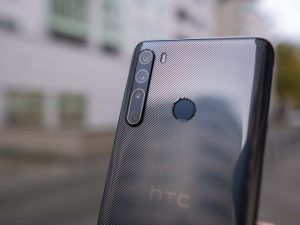
Initially, the camera application also had problems with the stability of the operation – it happened that after turning off the screen while taking photos and waking up again, the preview was inactive, which required exiting the camera application, closing the applications running in the background and restarting the camera. Over time, however, the update resolved this problem, which stopped occurring for me. After all, I’m not a fan of the camera app since HTC – you can get used to it, but it breaks with the common and so-called good UX practices without justification, offering nothing in return. However, the quality of photos and videos is more important than the application.
The main camera in the case of daytime photos gives quite good results. The photos are not distinguished by anything special, but they also have no obvious ills. The wide-angle camera offers significantly lower detail. It is not obvious in the pictures of architecture, but when there are more distant trees in the frame, their leaves blend into an unnatural green mass. In the case of night photos it is poor – there is no dedicated night mode. The camera does not combine multiple exposures, so the shadows are often too dark and the highlights burned into a white spot. HTC does not deal very well with more demanding scenarios.
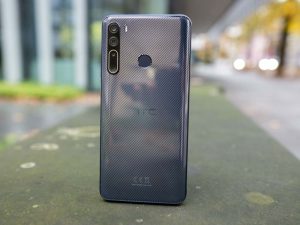
The camera records video in HD, FHD and 4K resolutions. The frame cannot be changed from 30 to 60 frames per second. There is no wide-angle camera available in video mode, nor any other than the main camera. The only option available for movie recording is to use the digital zoom in the range x1 – x4.
The quality of the video recordings is fine in terms of detail, but there is no tonal range and stabilization – both 4K and 1080p recordings lack it. In this price range, it is practically unheard of.
Sample photos – standard camera:
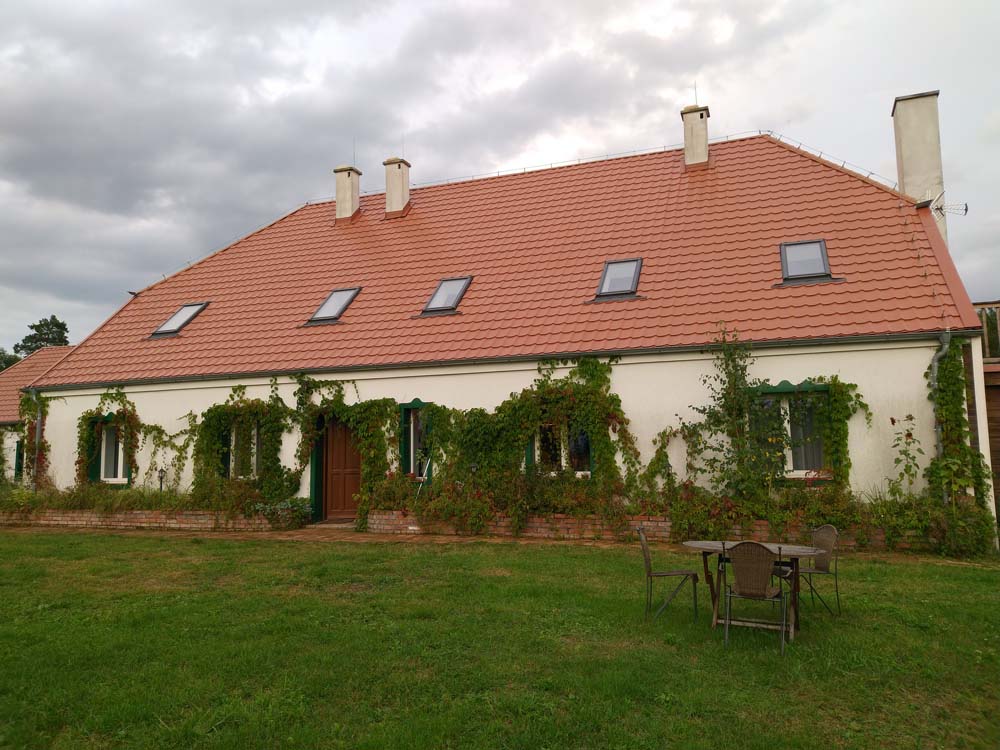

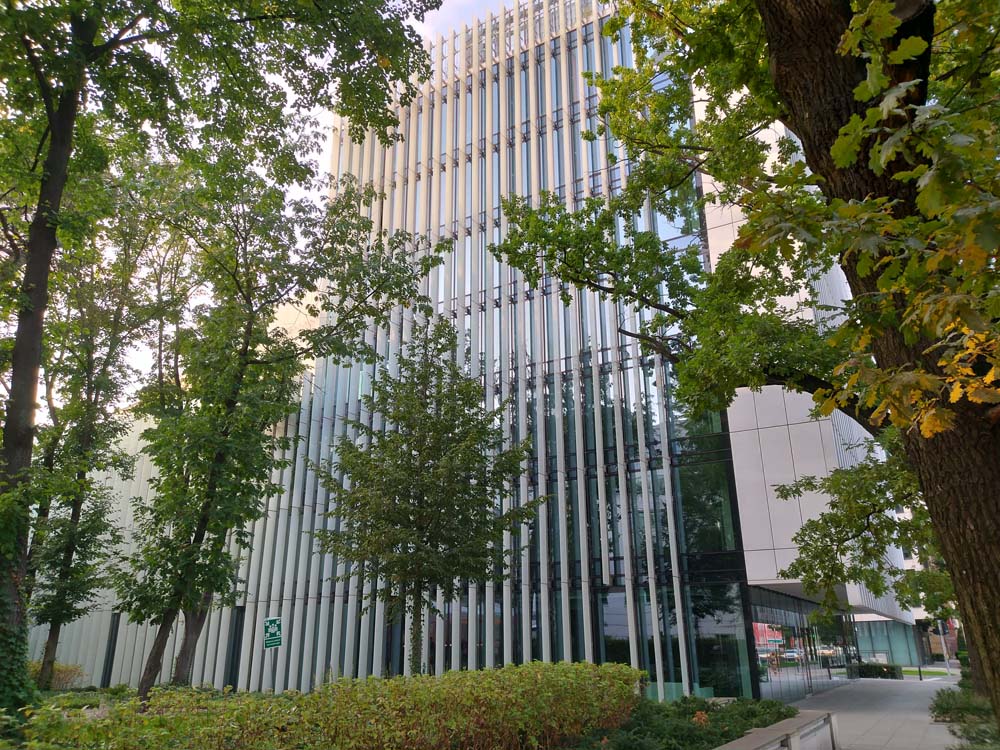
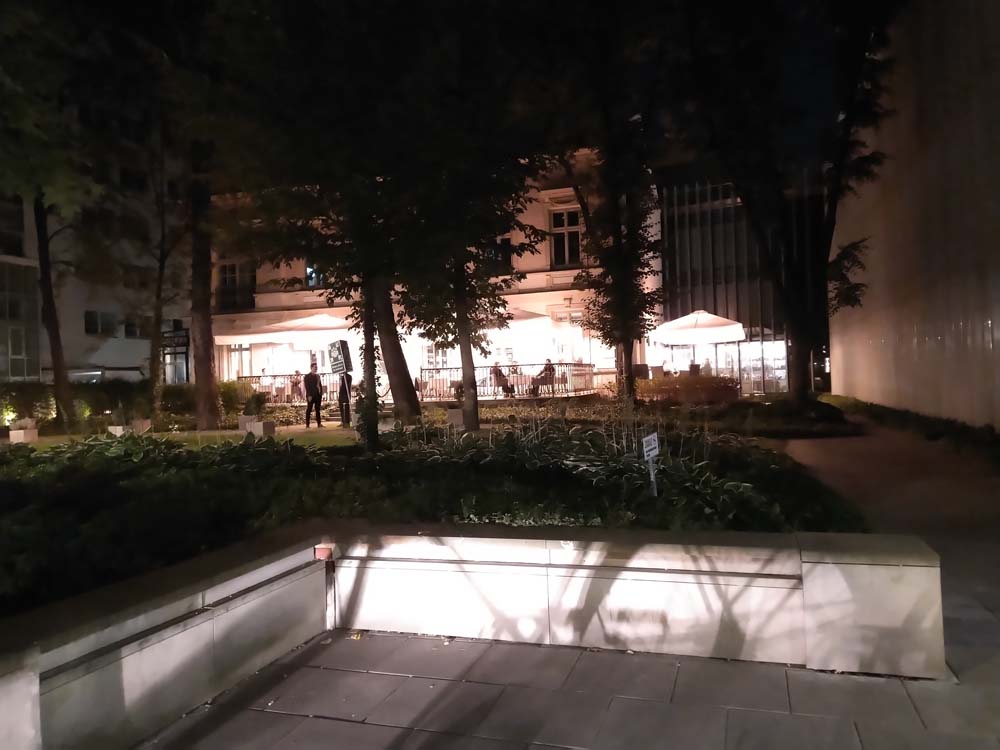
Sample photos – digital zoom:
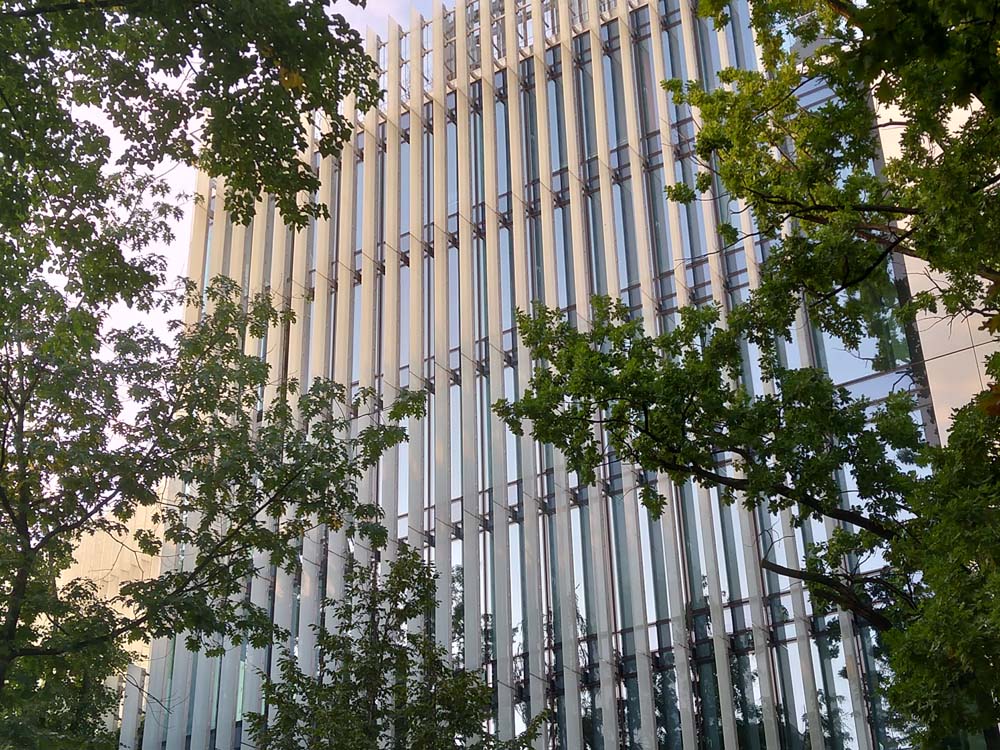
Sample photos – wide angle:
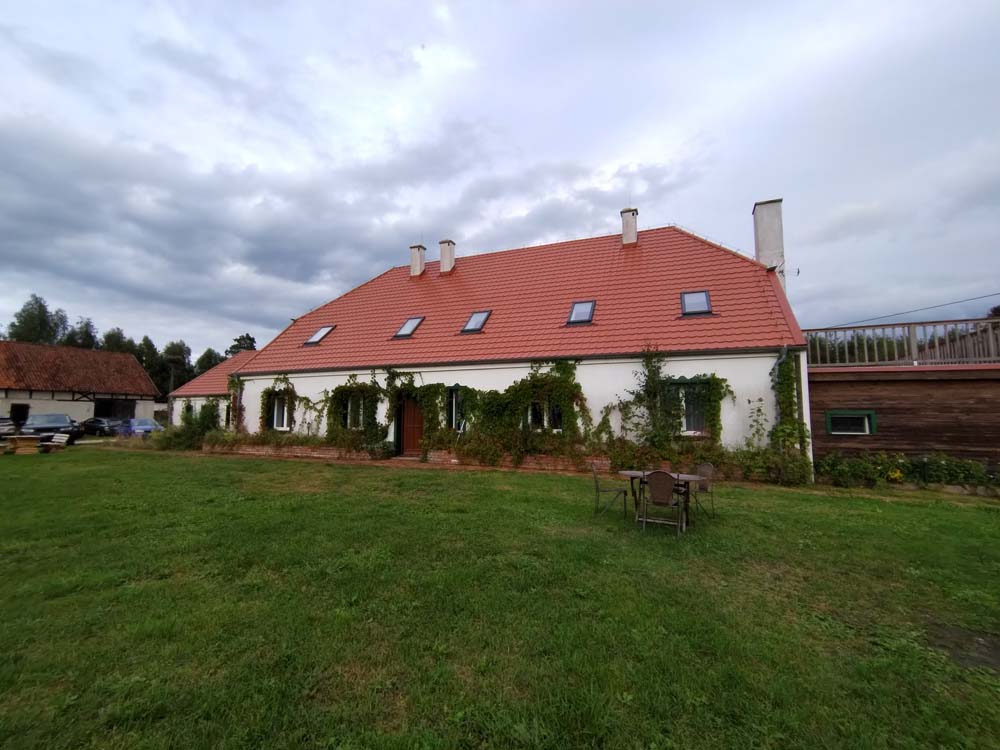
How long does the battery last
HTC Desire 20 Pro it has a 5000 mAh battery and a 15W charger. After 14 hours of streaming YouTube video with screen brightness set to half, the smartphone went down to 11%. This means that HTC had a chance to reach 16 hours of operation, which is a very good result. However, this is partly due to a screen that is not very bright, which, if set to half the brightness, would turn out to be too dark in many situations. Therefore, the real result would be shorter. The battery nevertheless HTC Desire 20 Pro can be safely included among the advantages of this device.
HTC Desire 20 Pro – Conclusion
HTC was known for its high-quality workmanship, original solutions, and its own unique character. Unfortunately for what I liked HTC in the latest model HTC Desire 20 Pro there is little left. The quality of workmanship does not stand out from the competition, the software is pure and generic Android with a few applications HTC which has not changed significantly in many years. Today HTC it is much more like one of the many phones produced in Chinese factories. When it collides with competitors, it has a higher price and lower efficiency.
Because in HTC Desire 20 Pro I have not encountered any serious problems, I do not rate this model as bad, but badly priced. Currently available for a higher price, it should compete at a low price and then it would be a competitive choice and with character thanks to the eye-catching housing. So I recommend waiting for its Christmas sale.
Who is it for HTC Desire 20 Pro:
- For people who appreciate original and practical design
- For those looking for a high-quality speakerphone
- For pure Android fans
For whom it is not HTC Desire 20 Pro:
- Not for those looking for the old nostalgia HTC
- Not for those looking for the best price / performance ratio
- Not for people who value night photos and stabilized video
The main advantages and disadvantages HTC Desire 20 Pro
Advantages HTC Desire 20 Pro:
- The original appearance of the housing, hiding traces of touch
- A fast and effective classic fingerprint reader
- Full sound speakerphone
- A complete communication and geolocation package and a full set of sensors
- There is a main and wide-angle camera
- Almost pure Android for those who appreciate it
- 5000 mAh battery
Disadvantages HTC Desire 20 Pro:
- The housing is made entirely of plastic and is also not sealed
- The screen could be brighter
- The system has lost its character and is generic Android
- Performance inferior to competitors in the same price range
- The detail of the wide-angle camera is too low
- No stabilization of video recordings
- Too high price in relation to the competition






